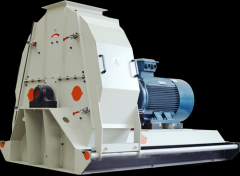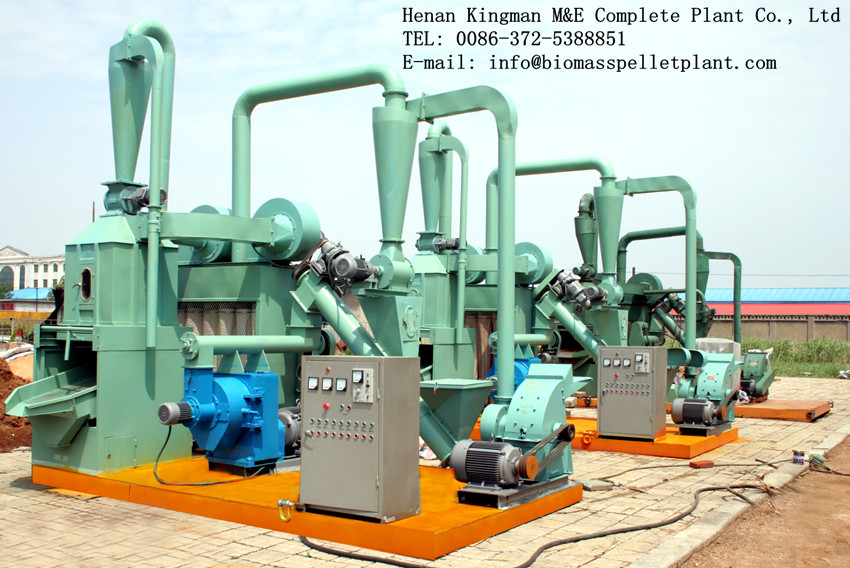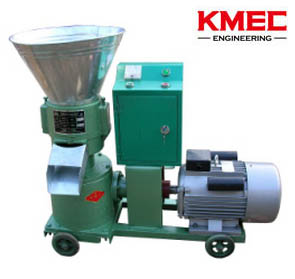Belgium develops a lot biomass pellet market
Recently, the world’s largest 100% biomass power plant running on wood pellets was opening in Belgium, which will consume 800,000 tons of wood pellets each year. Some of the wood pellets are imported from the EU, but most currently come from Canada. This power plant has an output of 180 MW and it can provide green power for over 300,000 homes.
In Belgium, wood pellets are primarily supplied to large scale power plants to fulfill mandates for electricity generation from renewable sources, and only a small share is consumed by residential use. Since the raw materials for producing wood pellet in pellet plant are in shortage, Belgian wood pellets may still rely on import from other countries in the following decades and German will be the main importer to Belgium.
1. Regulatory framework market drives and obstacles
The Green Certificate Scheme (GEC) in Belgium contributed to stimulating the demand for solid biofuels, including biomass pellets, to generate electricity in (co)combustion, which in Belgium is largely satisfied by pellet imports (1GEC = 1MWhe). The guaranteed minimum value of a certificate is based on a‘financial gap’ analysis, which identifies the extra cost in production with reference to the use of fossil fuel. The guaranteed value for biomass was 80 €/GEC. As of 2010, it was 90 €/GEC. However, starting from 2010, co-combustion plants would receive only 50% of the GEC they has been given before. For dedicated plants the certificates issued remain at 100%. The support system is not only for pellets in particular but for RE in general, but it creates opportunities for pellets as well.
In the residential heating sector, there is a fiscal reduction of approximately 2,800 € for home-owners who install a pellet boiler in a newly built house.
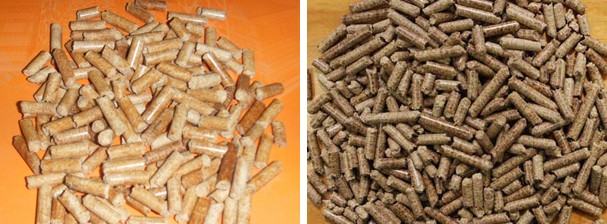
Enterprises as well benefit of a fiscal reduction (FED); those who invest in renewable energy can in fact deduct 14% of their investment from their taxes. Moreover, supports for ecological investments (FI Reg) also exist: small and medium enterprises receive an additional 40% of the extra cost in comparison to standard technology, while large enterprises receive 20%. The extra cost is defined as 50% for biomass electricity or combined heat and power and 80% for biomass heat production. In 2020, wood pellets were estimated to account for 8-15% of the total green heat production and for around 20-25% of the biomass-related green heat production.
READ: BIOMASS PELLET MARKET DEVELOPED IN DANMARK
2. Production capacity and feedstock
Pellet production in Belgium has experienced a large growth since 2005, increasing from a production capacity of 18,000 tons to 500,000 tons in 2009, 470,000 of which from the region of Wallonia and 30,000 from the region of Flanders. The growth in the production capacity from 2008 to 2009 remained 50,000 tons per year, just below the average for the last 4 years.
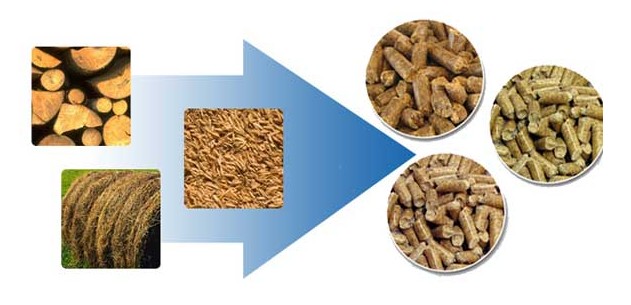
The pellet production capacity in December 2009 was estimated at 544,000 tons. While in the region of Flanders there was only 1 pellet plant with a capacity of 20.000 tons, Wallonia had 7 factories, whose output was about 286,000 tons/year in total (Pieret, 2011). Preliminary data for 2011 indicated a production of 300,000 tons. The availability of domestic forest resources in Belgium is limited. The country has one of the smallest percentage of forested areas per inhabitant in Europe. Most of the forests are found in Wallonia (the Ardennes) where 30% of the area is covered with forests while only 12% of the area in Flanders is covered with forests.
READ: PELLET FUEL MARKET ANALYSES ACROSS GERMANY
3. Consumption
The consumption of pellet shows regional differences: in Wallonia 79,500 tons were consumed for domestic use in 2010, 4,000 for district heating and 400,000 for co-firing in the Les Awris power plant (Pieret, 2011) respectively. This means that in this region the annual consumption amounted to approximately 483,500 tons and that the current Wallon production can satisfy the domestic demand for Wallonia.
In the region of Flanders, the industrial sector in 2010 consumed 50,000 tons while 18,000 tons went to the residential sector, and 1,000 tons in the tertiary sector, 400,000 tons for generation of electricity in a power plant. This means that in this region the annual consumption amounted to approximately 470,000 tons. Therefore, the demand for pellet in Belgium in 2010 amounted to approximately 940,000 tons.
READ: HOW TO START A BIOMAS PELLET PLANT
4. Trade and logistic aspects
The domestic pellet production in Belgium is not able to satisfy this huge demand. It is noteworthy that in Flanders about 90% of the pellet used in the region comes from abroad. In Wallonia, more than half of biomass pellets used is from outside. Power plants import almost all of pellets needs. They principally come from Canada, U.S. and Germany.
READ: DO YOU HAVE MORE QUESTIONS ABOUT PELLET MILL OR PELLET PLANT? CLICK HERE
5. Pellets quality and standard
As European standards EN 14961-1 and EN 14961-2 were adopted at the European level, Belgium has to adapt its national standards. In the case of pellets, a Royal Decree will soon be adopted. On the other hand, the ENplus certification system continues its development. Up to now, pellets produced in Belgium generally fulfill the foreign standards (e.g. German DIN plus). Pellets imported in Belgium also fulfill general quality standards.
Wood pellets produced by pellet plant would have further development in wood pellet market of Belgium thanks to the support by the government policies both on wood pellets used for industrial and residential. Therefore, both the industrial and the residential pellet markets would have good perspectives for further growth in Belgium and Belgium will be one of the most important markets for industrial pellets produced all over the world.
-----------------------------------------------------------------------------------------------------------------------
Wood pellet as a kind of new green energy has been widely applied in Europe, South American and other countries around the world. As people become more and more concerned about the carbon emission and air pollution, wood pellet are popular for room heating and for commercial use in power station.
News
- Small Pellet Machine Manufacturer-Kingman
- Application of Wood Pellets and Use of Biomass Pellets
- From Fossil Fuel into Biomass Pellet Fuel
- Biomass Pellet Making Machines Market
- Applying of pellet stoves for home use
- Highland pellets to build $130 million facility in arkansas
- How to deal with the blocked hammer mill
- How to Make Wood Pellets with Sawdust
- The government policy promotes the development of biomass fuel
- Market analysis of biomass pellet fuel
- Strategic positioning of renewable energy
- Biomass energy has pass through the pre assessment
- The key point of deep processing of biomass pellet
- Harbin is promoting the development of biomass machinery
- The development of biomass formation technology I
- The development of biomass formation technology II
- Biomass energy industry is now going full tilt in 2015
- Rapid increasing demand of sawdust pellet on the market
- Pellet fuel market in EU
- Chinese Biomass Energy Conference held in Beijing
- Future market development of straw pellet mill
- Peanut Shell Pellet Mill Makes High Quality Pellets
- The utilization of straw is only 5%, biomass energy needs our attention!
- Corn straw pellet machine relieves the tight supply of fuel energy
- Reasons for loose or not forming of biomass pellet mill


